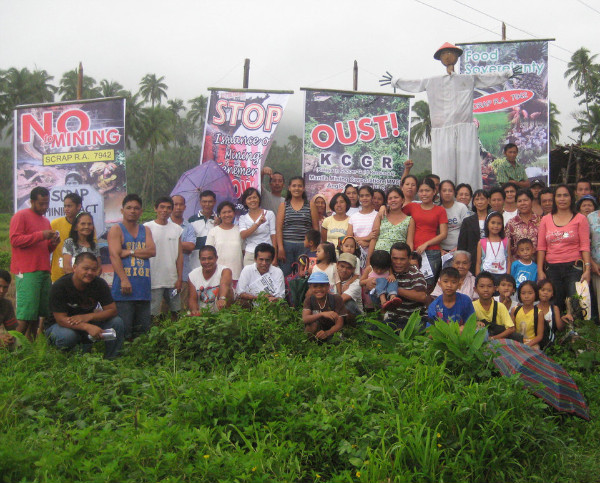Living in the extreme east of Lembata and the Solor archipelago are an indigenous people known as the Kedang. According to a 1980 census they have a population of almost 30,000. This Kedang population speak a Central Malayo-Polynesian language known as Tutaq-nanang wela, ‘the language of the mountain’ belonging more broadly to the Austronesian language family.
Traditionally the Kedang relied on swidden agriculture to provide the staples of their diet with crops grown including maize, rice, tubers and a variety of vegetables. To supplement these hunting and fishing were practiced whilst pigs, chickens, goats and dogs were kept. Cotton and palms were also grown for use in local crafts and building and the Kedang are particularly notable for their use of bamboo in construction and the creation of beautiful musical instruments.
These economic activities occurred near or in the small villages made up of between 100-200 people in which the Kedang lived. Households were made up of nuclear families and at varying times also included grandparents and daughters husbands. Property was inherited down the male line and a number of patrilineal clans could be found in each village. Some of these lifeways and organizational features remain today but there have been wholesale changes in some respects. Many men now join migrant labour forces and participate in a primarily cash economy which is an increasingly prevalent feature in Kedang life, Chinese owned stores that have sprung up in recent times epitomize this encroachment. In addition the Indonesian government has taken control over land ownership and transmission, disturbing the Kedang inheritance system.
Though there is now readily available information concerning the Kedang relatively little was known about these geographically isolated people before the very end of the 1800’s. First contact with westerners was made when the Dutch established an administrative capital by force at Kalikur in the 1870’s. However, the Dutch did not commit any sort of numbers to the area until the 1910’s when they set about bending the Kedang people to the will of the Dutch East Indies and Republic of Indonesia. The Kedang population were forcibly disarmed and registered as citizens in an action that was followed by the incessant proselytizing of Lembatan indigenous peoples by Islamic and Catholic missionaries in the 1920’s and 30’s. In the 1960’s political power was removed from Kalikur and Indonesian authorities assumed control of the area after independence was achieved from the Dutch. This new power continued to shift the Kedang around their homeland, implementing enforced settlement policies to move the Kedang people in special administrative villages in an attempt to control this population.
Since this time the Indonesian government has actively moved to undermine grassroots political movements amongst the Kedang. As a result this people suffer a lack of voice and representation today. They are threatened by land concessions proposed mining projects which threaten to destroy and displace them from territory which they consider their own but are afforded no rights or access. Despite this most Kedang have rejected money and efforts to coerce them. Refusing to be intimidated by threats they hold firm to what they know to be theirs.



